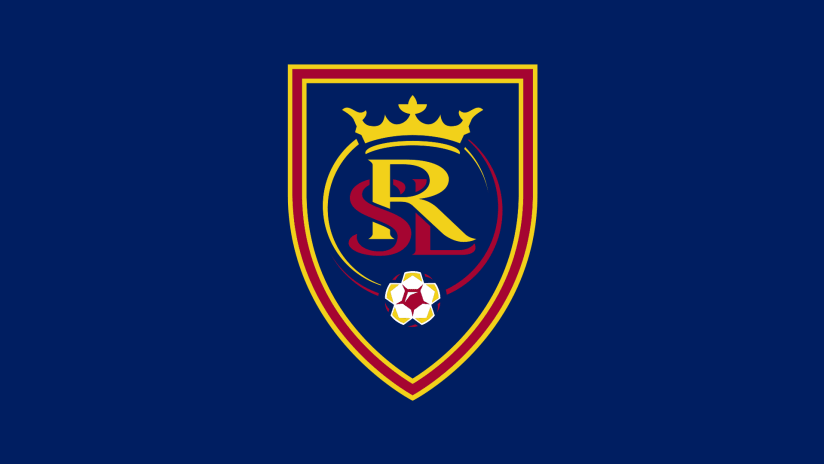SAN JOSE, Calif. – When the US national team lined up for the first time under new coach Gregg Berhalter, four of the team’s starting XI – Corey Baird, Nick Lima, Djordje Mihailovic and Gyasi Zardes – had something in common: They all came into MLS as Homegrown players.
In fact, there are nine Homegrowns on the US roster that will face Costa Rica on Saturday at Avaya Stadium (3:30 pm ET | FOX); the others are Reggie Cannon, Marky Delgado, Mark McKenzie, Wil Trapp and Auston Trusty. There are also former Homegrowns playing abroad such as Tyler Adams, Matt Miazga and DeAndre Yedlin who weren’t available for this US camp but likely will be called in for future dates.
More than a decade after its inception, the initiative has become another source helping to feed talent into the USMNT player pool.
“That’s the idea, right?” Berhalter said Friday at an Avaya Stadium press conference. “You see a lot of money being spent by MLS teams for their academy programs, and we’re starting to see the results of that. It’s no longer the traditional model where a player goes four years to college and goes to MLS and then he makes his way to the national team. The statistic of nine players says a lot. My guess is we’re going to continue to see that output from MLS academies, and that’s only going to help US soccer.”
Some Homegrowns still travel the collegiate route – tomorrow, for example, will be a homecoming for Baird and Lima, who spent four seasons at Stanford and Cal, respectively – but increasingly, players are trading campus life for the academy experience. Among the 20-and-younger set on this team, Cannon (UCLA) and McKenzie (Wake Forest) played one year each in college, while Mihailovic and Trusty skipped it altogether.
“It was the best decision I ever made,” Trusty told MLSsoccer.com of his choice to ultimately decline a spot with college power UNC. “That was my dream school growing up, and that’s where I aspired to go. So it was hard letting that go. . . . It’s hard to explain to others, to friends and family who are just not in the picture and they’re saying, ‘You gave up UNC? Are you kidding me?’ But they don’t know the whole big picture of everything.”
As players eschewing college becomes more common, Trusty thinks it is becoming easier to go that route: “Especially now because kids in the organizations are able to see the finished product of it. . . . It definitely is a pipeline, becoming a Homegrown.”
From Berhalter’s perspective, there is no one way to make it onto the national team – which is certainly understandable given the fact that the Americans are rebuilding after the failed qualification campaign for the 2018 World Cup.
“Everyone has their own pathway to get to the same point,” Berhalter said. “For some players, it’s going four years of college and developing that way. For other players, it’s going to the academy and [youth] national-team levels and right to the MLS. So it’s been fun for us to work with this diverse pool of players.”












